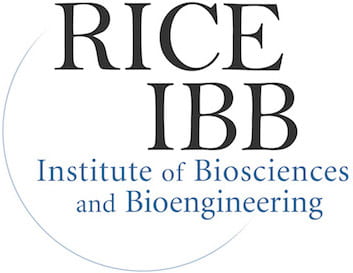We program living cells to sense, compute, and respond to information in their environments. Our programmable cells have applications in basic science, industry, and medicine.
1. Engineering bacterial two-component systems
Bacterial two-component systems (TCSs) are the largest family of signal transduction pathways in nature and a treasure trove of genetically-encoded sensors for synthetic biology. However, TCSs are often difficult to study in their native organismal contexts. We have developed a suite of technologies enabling us to port TCSs into heterologous strains, discover their stimuli, and tailor their performance features. Our TCS discovery work is helping to elucidate how commensal and pathogenic bacteria interact with the human body and to program bacteria for medical, industrial, and other applications.
2. Engineering diagnostic & therapeutic bacteria
Engineered bacteria have untapped potential to diagnose and treat human diseases. We are engineering bacteria to automatically manage inflammation, infections, and metabolic diseases in the gastrointestinal tract and at other body sites. Here, we are combining synthetic biology approaches with new delivery methods to enable long-term efficacy and increased biocontainment and safety.
3. Bacterial optogenetics
Light can be used to remotely control the processes of life with applications in fundamental science and engineering. We have designed bacterial light sensors that respond to wavelengths from the ultraviolet to the near infrared. We are using these light sensors to study how gut bacterial metabolism impacts host physiology in situ, to study how bacteria decode time-varying gene regulatory signals to make cell fate decisions, and to rapidly optimize heterologous metabolic pathway activity, among other applications.









